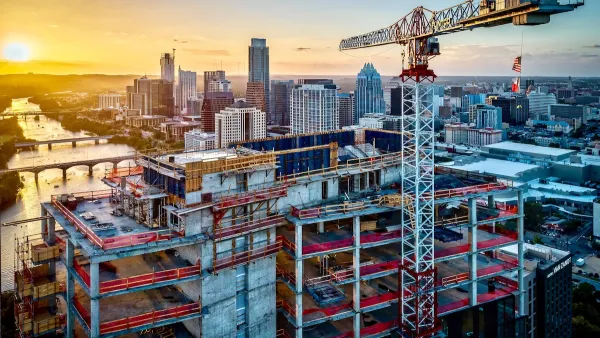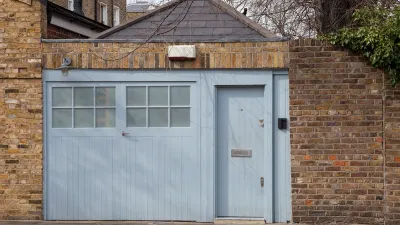More states and cities are promoting backyard cottages, converted garages, and other add-on units. Are they making an impact?

The movement to legalize accessory dwelling units (ADUs) in cities and states around the country could have a not-insignificant impact on the housing crisis, writes Ben Ikenson in Yahoo News. “In the last four years, U.S. housing prices have skyrocketed by 47 percent, and longstanding housing shortages culminated in a deficit of more than seven million homes last year, ‘the result of more than a decade of underbuilding relative to population growth,’ according to Realtor.com.”
Now, seven states and more than one hundred local jurisdictions have taken steps to relax regulations around ADUs and promote their construction.
In the first two years after a law supporting ADUs passed in California, close to half of the permits for ADUs were issued in the Los Angeles area. The city has embraced the trend, developing a set of pre-approved plans homeowners can use to cut down on design and permitting costs. “Like its potential uses—multigenerational living, aging-in-place, generating rental income, and more—the housing type comes in various forms. In L.A., garage conversions represent a significant percentage of ADUs, but the state allows for a wide range of ADU possibilities, from fully detached stand-alone structures to junior suites attached to main houses, with separate entrances and kitchenettes.”
FULL STORY: The ADU Boom Has Begun. Is It Adding the Housing We Need?

Planetizen Federal Action Tracker
A weekly monitor of how Trump’s orders and actions are impacting planners and planning in America.

Restaurant Patios Were a Pandemic Win — Why Were They so Hard to Keep?
Social distancing requirements and changes in travel patterns prompted cities to pilot new uses for street and sidewalk space. Then it got complicated.

Maui's Vacation Rental Debate Turns Ugly
Verbal attacks, misinformation campaigns and fistfights plague a high-stakes debate to convert thousands of vacation rentals into long-term housing.

Boulder Eliminates Parking Minimums Citywide
Officials estimate the cost of building a single underground parking space at up to $100,000.

Orange County, Florida Adopts Largest US “Sprawl Repair” Code
The ‘Orange Code’ seeks to rectify decades of sprawl-inducing, car-oriented development.

Maui's Vacation Rental Debate Turns Ugly
Verbal attacks, misinformation campaigns and fistfights plague a high-stakes debate to convert thousands of vacation rentals into long-term housing.
Urban Design for Planners 1: Software Tools
This six-course series explores essential urban design concepts using open source software and equips planners with the tools they need to participate fully in the urban design process.
Planning for Universal Design
Learn the tools for implementing Universal Design in planning regulations.
Heyer Gruel & Associates PA
JM Goldson LLC
Custer County Colorado
City of Camden Redevelopment Agency
City of Astoria
Transportation Research & Education Center (TREC) at Portland State University
Camden Redevelopment Agency
City of Claremont
Municipality of Princeton (NJ)





























